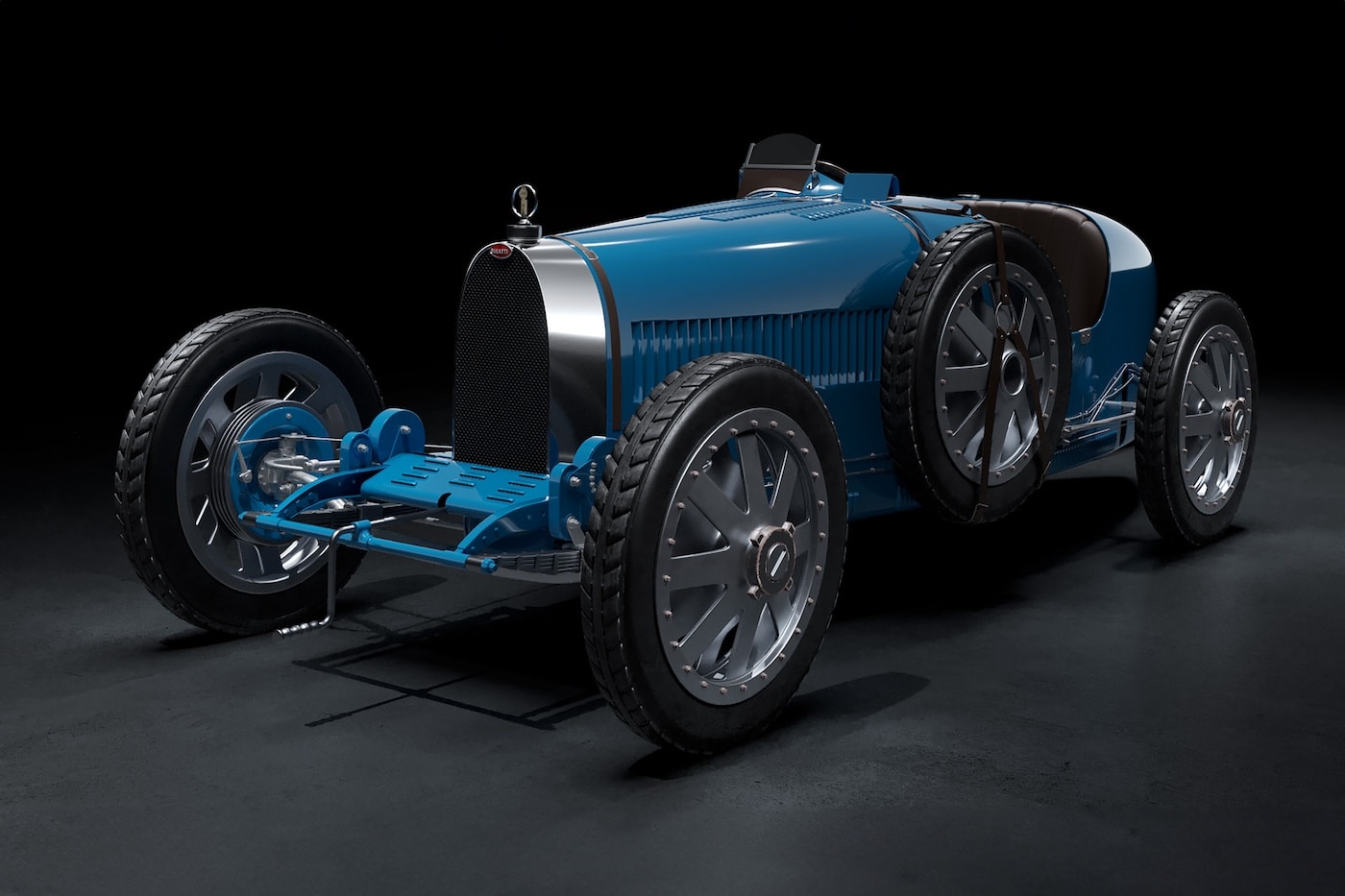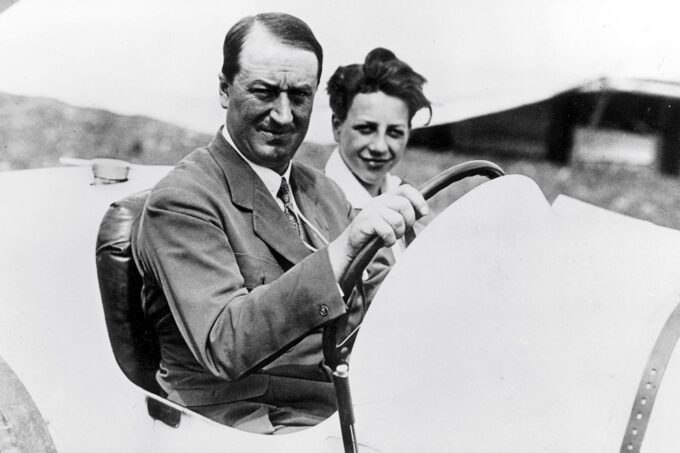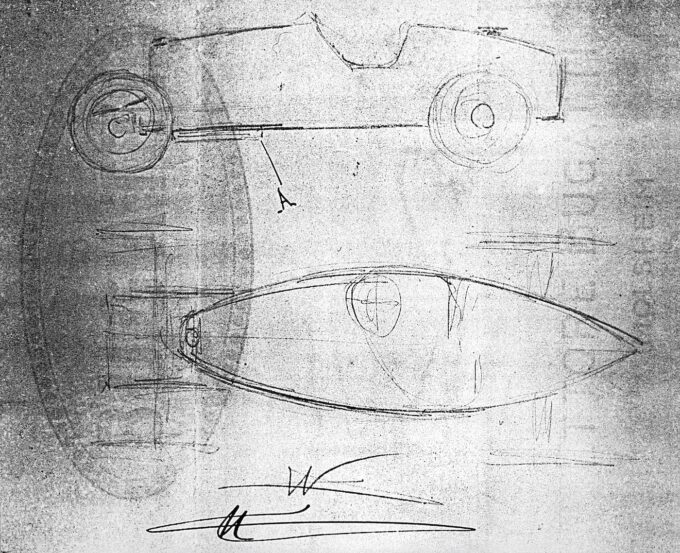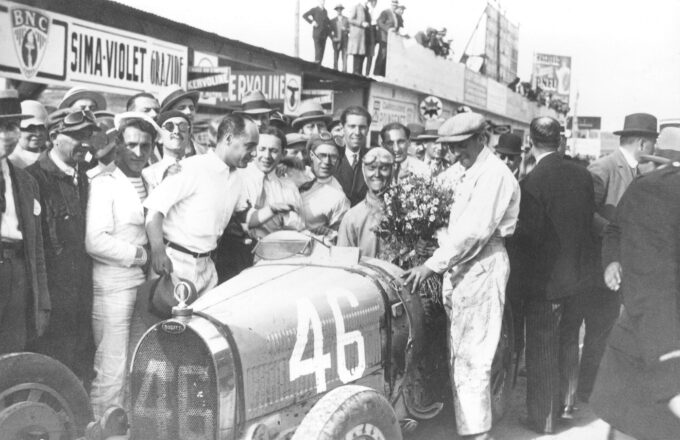Bugatti: A legend turns 100
TECHNICAL DRIVER The revolutionary Bugatti Type 35, introduced in 1924, won more than 2500 race victories during its active period. Its aesthetics, technical sophistication and handling are still fascinating today.

When it made its debut in 1924, the Bugatti Type 35 immediately set new standards. It introduced many technical innovations and raised the art of motorsport to a high level. Ettore Bugatti (gallery left) was born into a family that had been characterized by art, design and creativity for generations. His interests were therefore diverse and his expertise extensive.
Although he had many successful projects to his name before creating the Type 35, Bugatti was not a trained engineer. Had he been trained in traditional automotive engineering, he might not have pushed the boundaries so far with the Type 35. And he certainly would not have created the many beautiful design elements that go hand in hand with the car's technical innovations.
Air resistance of the body
While other cars rose high, the body of the Type 35 sat low to the ground, and while other cars were fitted with wire wheels, the Type 35 rode on cast wheels to reduce the unsprung masses. On other cars, the rear suspension was open, but on the Type 35 it was cleverly integrated into the elliptical aluminum body. Even though the understanding of aerodynamics was still in its infancy at the time, this pioneering approach helped to further reduce the aerodynamic drag of the body.
Aluminum crankshaft
The Type 35 debuted with a 2-liter in-line engine with eight cylinders and 24 valves, which was later enlarged to 2.3 liters and equipped with a supercharger. The use of an aluminum crankshaft supported by two roller bearings and three ball bearings enabled the engine to rev up to 6000 rpm and produce 90 hp. Bugatti was aware that superior performance could be achieved not only through additional horsepower, but also through weight reduction. His efforts to make every component as light as possible resulted in a vehicle weight of just 750 kilograms.












